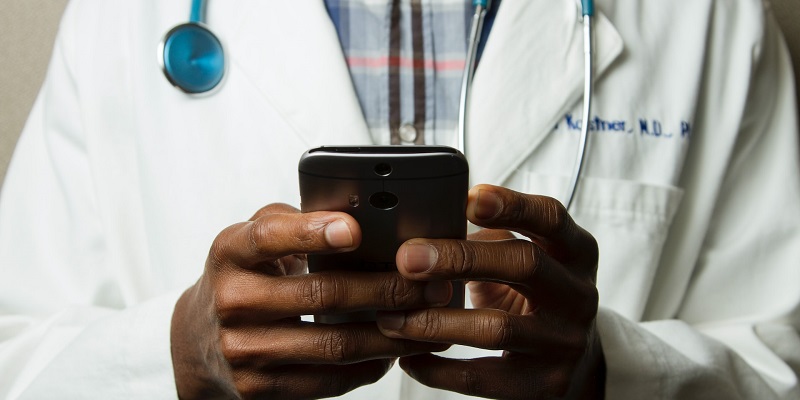The world of healthcare is undergoing a transformation, and 5G is at the forefront. 5G stands for the fifth-generation wireless technology and is the latest iteration of mobile networks that provide faster internet speeds, greater capacity, and lower latency. With these advanced capabilities, 5G has the potential to revolutionize healthcare.
What is 5G and why does it matter?
5G is a mobile network technology that provides faster internet speeds, greater capacity, and lower latency than previous generations of wireless technology. It operates on higher frequency bands that can process more data at faster speeds, and enables near-instantaneous communication between devices.
Why is 5G important for healthcare?
The answer lies not only in the speed that 5G offers but also in its capacity and latency. Healthcare requires large amounts of data to be transmitted quickly, and 5G can provide this capability. Additionally, 5G’s low latency allows for real-time communication between devices, which is crucial in healthcare settings.
The Potential of 5G in Healthcare
Speed, capacity, and latency of 5G
The potential of 5G in healthcare is vast. With its faster speed, greater capacity, and lower latency, 5G can enable telemedicine, virtual reality, artificial intelligence, and a further explosion of internet-connected devices, or the Internet of Things. The ability to transmit and process vast amounts of data rapidly opens up new doors in healthcare.
Telemedicine and Virtual Reality
Telemedicine and virtual reality are areas where 5G has the potential to make a considerable impact. For example, imagine a patient in a rural area with few providers receiving emergency surgery from a physician in a different part of the country using robotic tools on-site and a customized internet connection. This type of remote surgery and consultation could be made possible through the power of 5G.
The Internet of Things
The Internet of Things (IoT) is the interconnectivity of devices through the internet. The IoT has the potential to improve patient outcomes by providing healthcare providers with a vast amount of data to analyze. With 5G, scalability of the IoT is possible, since multiple devices can connect and communicate simultaneously.
Examples of 5G in action in healthcare
Cleveland Clinic’s 5G-enabled facility
The Cleveland Clinic is preparing to launch its first fully 5G-enabled facility this summer. The facility will incorporate various technologies powered by 5G, including augmented and virtual reality, telehealth, and IoT devices.
Remote surgeries with robotic tools
In addition to the Cleveland Clinic, other healthcare providers are experimenting with 5G to enable remote surgeries with robotic tools. For instance, doctors in South Korea recently conducted a 5G-powered remote procedure which involved removing a patient’s gallbladder.
Global adoption of 5G in healthcare
Globally, the 5G revolution in healthcare settings is picking up steam. Countries such as China and the United Kingdom are investing heavily in 5G to enhance connectivity and reduce costs. Experts predict that the global 5G healthcare market will reach $1.4 billion by 2027.
Challenges in the Implementation of 5G in Healthcare
Despite the tremendous potential of 5G in healthcare, the road to full implementation won’t be without challenges. There are significant financial and technical hurdles to overcome, including upgrades to existing infrastructure, cybersecurity concerns, and regulatory hurdles.
Future implications of 5G in healthcare
The switch to 5G is not just a technological upgrade, it’s a step towards a world where healthcare is more efficient, personalized, and accessible. With the enhanced speed and capacity of 5G, healthcare professionals can streamline their workloads, reduce errors, and provide more personalized care to patients.
Another significant benefit of 5G is its potential to make healthcare more accessible and affordable for people worldwide. With remote surgeries, telehealth, and other 5G-powered technologies, patients will no longer have to travel long distances for specialized care, saving both time and money.
In conclusion, the potential of 5G in healthcare is enormous. From virtual surgeries to real-time data analysis, 5G is transforming how healthcare is delivered around the world. While there will undoubtedly be challenges along the way, the benefits of 5G in healthcare are significant, and the future looks bright.

